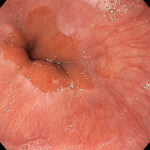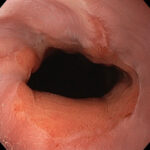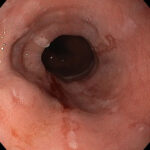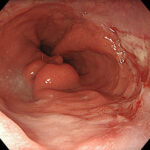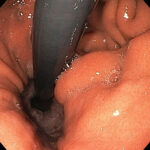Reflux and Barrett’s Oesophagus
Gastro Oesophageal Reflux Disease (GORD) and Barrett’s oesophagus.
GORD, otherwise known as reflux or heartburn is caused by acid coming into the oesophagus and even up to the throat due to the valve at the bottom of the oesophagus opening too often.
Common symptoms of reflux include:
- burning in the chest or under the sternum
- excessive burping
- regurgitation of fluid or acid
- dry cough or lump in the throat sensation
- damaged tooth enamel
In patients with longstanding reflux, the lining cells of the oesophagus, which are usually thin, flat, squamous (skin like) cells, can change to protect themselves. This change, called intestinal metaplasia, leads to the cells becoming like those found further down the intestine, and is called Barrett’s oesophagus.
Over time these areas of intestinal metaplasia, or Barrett’s tissue, can change again in a process called dysplasia, and this can lead to oesophageal cancer.
The key to controlling the risk associated with Barrett’s oesophagus revolves around effective treatment of the underlying reflux and endoscopic monitoring.
Reflux treatment often involves modification of diet and lifestyle factors, use of regular acid suppressing medication and occasionally surgery. Monitoring involves endoscopy on a regular basis (6 months - 2 yearly), depending on whether there is any dyplasia and the extent of any Barrett's changes.
- Effective reflux treatments using a combination of medication, dietary and lifestyle advice.
- Detailed diagnostic assessment including use of endoscopy, 24hr pH studies and oesophageal manometry when required.
- Diagnosis and Monitoring of Barrett’s oesophagus using the latest High Definition Scopes and Narrow Band imaging techniques.
- Timely surgical referral for Hiatus Hernia repair and fundoplication when appropriate

